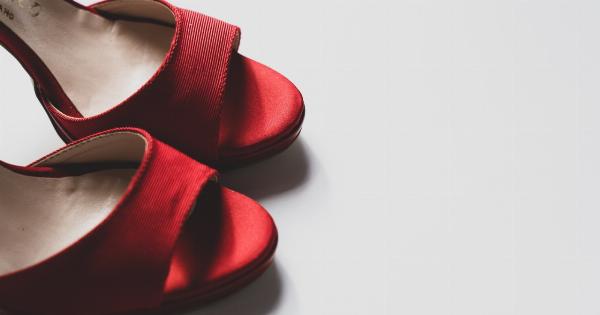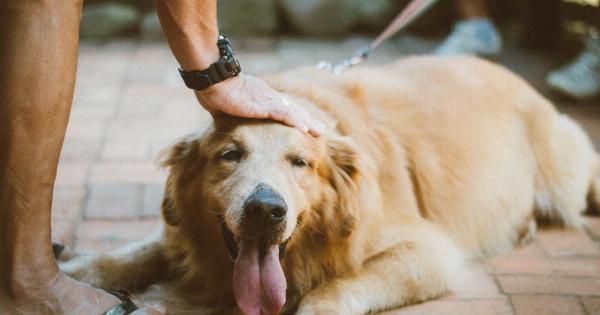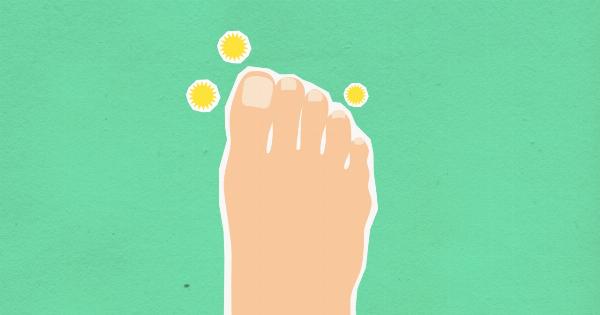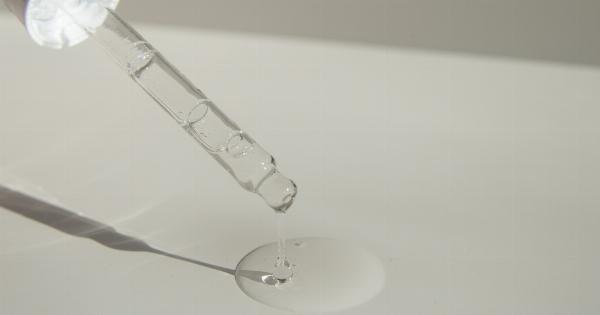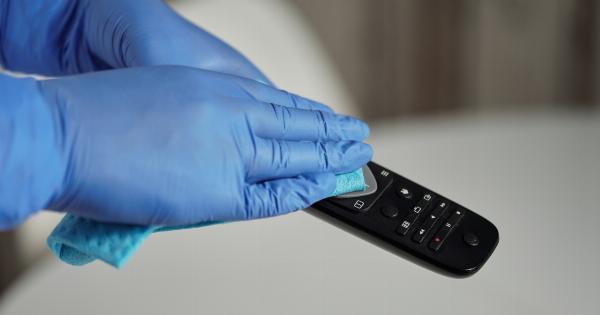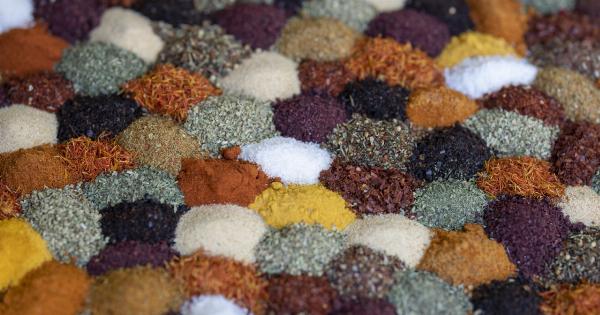Our pets are an important part of our lives, and their health and wellbeing should always be a top priority. One area that can cause discomfort and pain for pets are their paws.
Paw pain can be caused by a variety of factors, and it is important to identify the cause and treat it promptly to ensure your pet is comfortable and healthy.
Common Causes of Paw Pain
Cuts and Abrasions
Cuts and abrasions are a common cause of paw pain in pets. Pets that spend time outdoors, on rough surfaces, or around other animals are more likely to experience cuts and abrasions.
You may notice your pet limping or favoring one paw, and you should examine the paw for signs of injury. Clean the wound with warm water and apply a pet-safe antiseptic to prevent infection. If the wound is large or deep, or if your pet is in severe pain, seek veterinary care immediately.
Burns and Blisters
Pets can experience paw pain from burns and blisters, especially during the hot summer months. Walking on hot pavement or asphalt can cause burns and blisters on your pet’s paw pads.
You may notice your pet licking or pawing at their paws, and you should examine the paw for signs of redness or swelling. Keep your pet off hot surfaces when possible, and provide them with a comfortable place to rest indoors. If your pet’s paw pads are severely burned or blistered, seek veterinary care.
Fungal Infections
Fungal infections are another common cause of paw pain in pets. Pets that have been in contact with other animals, or who spend time in damp environments, are more likely to develop fungal infections.
You may notice your pet limping or favoring one paw, and you may see signs of redness, swelling, or discharge between the toes. A fungal infection can be treated with antifungal medication prescribed by your veterinarian.
Ingrown Nails
Ingrown nails can cause paw pain, as well as other issues such as infections and abscesses. You may notice your pet limping or favoring one paw, and you may see signs of swelling and redness near the nail.
Do not attempt to trim the nail yourself, as this can cause further pain and complications. Seek veterinary care to have the nail trimmed and treated, if necessary.
Arthritis
Arthritis is a common condition that can cause paw pain in pets, especially as they age. Arthritis is caused by inflammation of the joints, and it can cause stiffness, pain, and difficulty moving.
You may notice your pet limping or favoring one paw, and you may see signs of swelling and redness in the affected joint. Arthritis can be managed with medication, supplements, and lifestyle changes. Consult with your veterinarian to develop a treatment plan for your pet.
Treatments for Paw Pain
Rest and Recovery
Rest and recovery are important for any type of paw injury or pain. Limit your pet’s activity and provide a comfortable place to rest. Monitor your pet closely and seek veterinary care if the pain persists or worsens.
Cold Compresses
Cold compresses can help reduce swelling and pain in your pet’s paws. Place a cold, damp towel over the affected paw for 10-15 minutes at a time, several times a day. Do not use ice or very cold water, as this can damage your pet’s skin.
Anti-inflammatory Medication
Anti-inflammatory medication can help relieve pain and inflammation in your pet’s paws. Do not give your pet any medication without first consulting with your veterinarian.
Antibiotics
If your pet’s paw pain is caused by an infection, antibiotics may be necessary to treat the infection and prevent further complications. Antibiotics should only be given under the guidance of a veterinarian.
Surgery
In some cases, surgery may be necessary to treat paw pain. This can be the case with severe injuries, abscesses, or other complications. Your veterinarian will be able to determine if surgery is necessary for your pet’s condition.
Preventing Paw Pain
Prevention is key when it comes to paw pain in pets. Take measures to protect your pet’s paws from injury and infection by:.
- Keeping your pet’s nails trimmed
- Providing a comfortable, clean living environment
- Avoiding hot surfaces during the summer months
- Ensuring your pet has proper footwear and protection during outdoor activities
- Maintaining regular veterinary check-ups to monitor your pet’s health and wellbeing
Conclusion
Paw pain in pets can be caused by a variety of factors, and it is important to identify the cause and treat it promptly to ensure your pet is comfortable and healthy.
By taking preventative measures and seeking veterinary care when necessary, you can help keep your pet’s paws healthy and pain-free.



